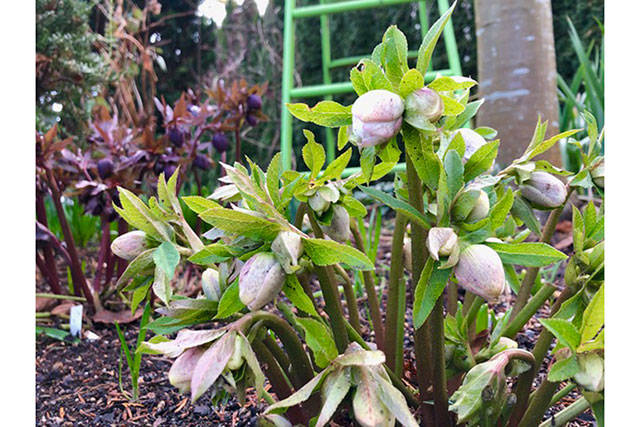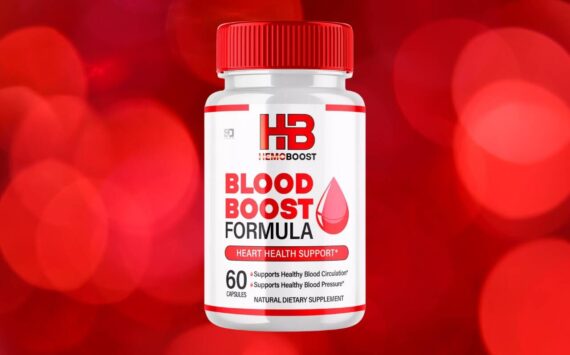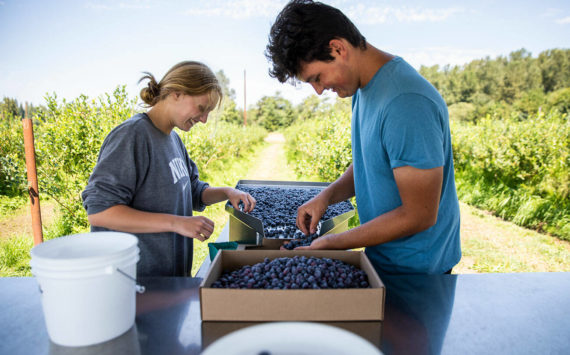By Steve Smith
When it comes to perennials, the Perennial Plant Association is the place to go when you want to know what is happening in the world of these wonderful plants. One of the things that this association does is to promote certain perennials by declaring a “Perennial Plant of the Year”.
These are not new introductions but rather tried and true varieties that are guaranteed to be easy to grow and disease and pest resistant. Back in 2005 they decided on a shade-loving perennial known as Helleborus x hybridis. Over the past 14 years this perennial has grown in popularity to the point that there are now a plethora of varieties to choose from. They are the consummate winter interest plant for our Northwest gardens, and you can find them for sale this time of year in garden centers.
Hellebores are commonly known as Christmas Roses or Lenten Roses. They don’t have much to do with actual roses but the flowers do resemble a single wild rose. Many varieties bloom from Christmas to Easter. I have multiple flavors in my garden that are in bloom as we speak.
Hellebores are mostly evergreen perennials that grow in shade or light shade, are not bothered by slugs, do not need dividing constantly, are drought tolerant (once established), and bloom in winter. They are great companions for ferns, astilbes, hostas and a host of shade-loving plants. Their ease of care and winter blooming habit makes them a good choice for the casual as well as the avid gardener. Here are some varieties to look for now:
•The traditional Christmas Rose is a short plant about 1 foot tall with mostly white flowers that nod down to the ground. All hellebore flowers last for months but lose their color after several weeks and turn green for the rest of the time. You can always cut them off at that point if you don’t like them. In 2014, a new hybrid of the Christmas Rose was introduced called “Ivory Prince,” which held its flowers upright and outward so you didn’t have to stand on your head to enjoy them. Since then there have been dozens of new introductions with bigger, more colorful (pinks to deep reds) flowers and foliage patterns that are mottled or variegated, which add more visual interest to our winter gardens.
•The Oriental Hellebore (also known as Lenten Rose) blooms just after the Christmas Rose and is taller (about 18 to 24 inches) and comes in a much larger range of colors. There are multiple new strains that have been introduced in the last 10 years with colors ranging from yellows and apricots to dark smoky purple (almost black). Many have freckling on their petals and some are ruffled. More recently, double ones have come on the market.
•The Stinking Hellebore is an attractive evergreen perennial that blooms with apple green flowers in February and March. I have a golden foliaged one called “Gold Bullion.” •The Corsican Hellebore is a still larger variety that can get up to 3- to 4-feet tall and blooms in late March, with the greenish flowers atop the 3-foot stems. I have one under my birch tree. It is also slightly more sun and drought tolerant than the above varieties. For an exotic variation, try one of the varieties with stunning mottled cream foliage. I have one of each of these varieties growing in my garden and look forward every winter to their performances. I have never seen a slug bite, never had to divide them, never had to spray them, and often dig up seedlings that I have shared with gardening friends. The only yearly maintenance needed is to cut off the old foliage as the new blooms or leaves emerge. Whether you are a weekend “yardner” or fanatical gardener, you can’t miss with any of these Hellebores. The exotic ones get snatched up fast, so don’t wait until the weather is warm or you will miss out. They are truly the winter jewels of our gardens.
Steve Smith is the owner of Sunnyside Nursery in Marysville and can be reached at info@sunnysidenursery.net









